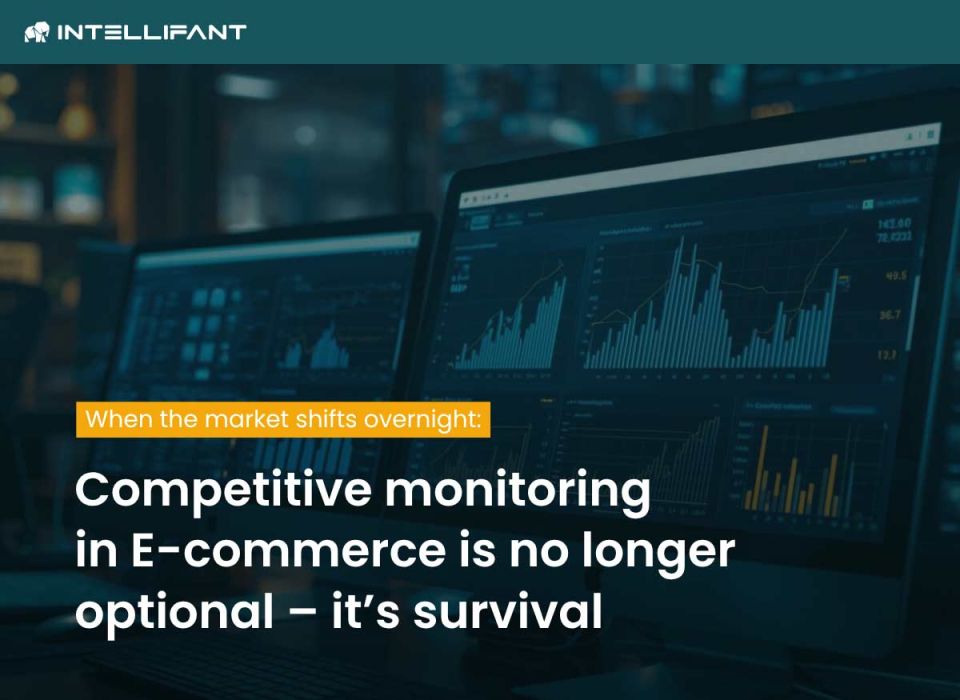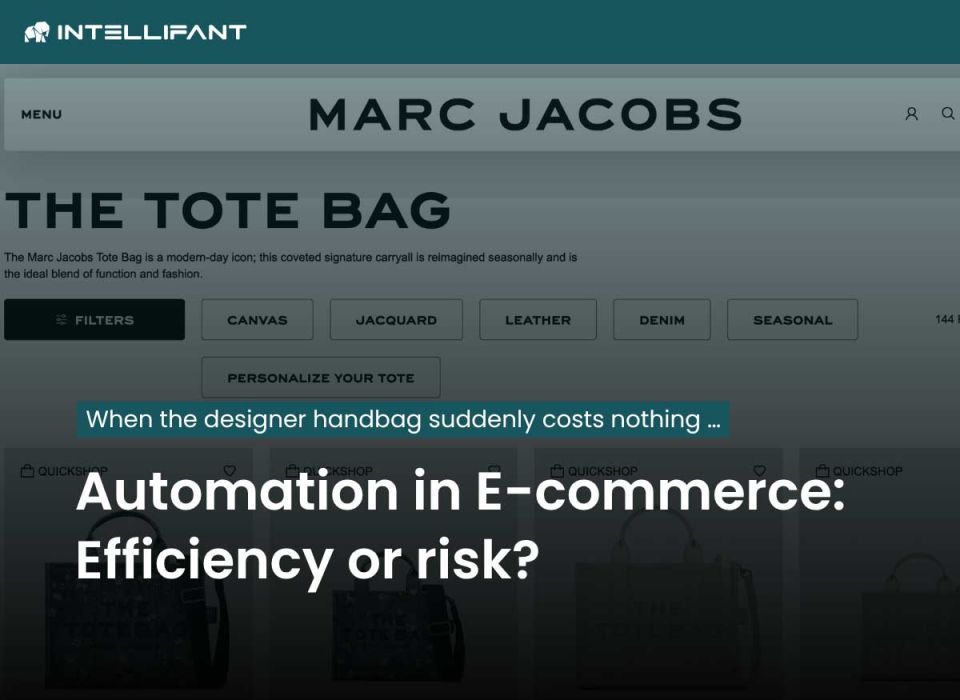Automation on a new level: cleverly integrating Shopware 6
Your shop system is extremely flexible – but the more interfaces and processes are added, the higher the susceptibility to errors becomes?
You are not alone with this problem. According to PwC, 69 per cent of those responsible for operations and supply chain report that technology investments have not yet delivered the expected results.
One of the most common causes is integration problems.
ERP, marketplaces, POS systems – everything should communicate with each other in real time. The reality? Often, it is precisely these connections that lead to errors, delays or additional work. At the same time, automation will be indispensable in the future.
Shopware 6 offers a smart solution for this. We explain what you should consider when integrating automation.
Fast integration: Plug-and-play automation in Shopware 6
In the often chaotic world of e-commerce, most teams don't have the time for lengthy IT projects.
Plug-and-play integration makes all the difference:
- Systems can be connected in a matter of minutes.
- Standardised interfaces (APIs) reduce the coordination effort.
- Retailers can start automating immediately, without weeks of project phases.
Shopware 6 comes with an API-first architecture that makes it much easier to connect to ERP systems, payment providers or marketplaces.
Shopware 6 API: connection to ERP, marketplaces and POS systems
There is a lot of potential in order management in particular:
- Invoicing: once an order has been completed, a correct invoice is generated automatically.
- Stock reconciliation: product availability is synchronised in the shop, ERP and marketplaces to avoid overselling.
- POS systems: Online and offline sales are merged – important for retailers with brick-and-mortar stores.
There are also advantages in marketing: Trigger emails or dynamic discounts can be controlled via API connections, so campaigns no longer need to be adjusted manually.
Automated workflows in Shopware 6: Practical examples from order management
Many Shopware 6 retailers start with manual exports to check orders or invoices.
A practical example: a fashion retailer with several marketplace connections had to manually update up to 200 orders in the ERP every day.
With automated API integration, this reconciliation now runs entirely in the background – saving several hours per day. Error rate: almost zero.
INTELLIFANT as an extra boost
While Shopware 6 provides the technical basis for such integrations, INTELLIFANT goes one step further.
The platform supplements automation with intelligent anomaly detection: it immediately reports when a process is not running as expected – be it a pricing error, an interrupted interface or a payment failure.
This makes integration not only an efficient process, but also a reliable one.
Conclusion: Integration is no longer an IT project
For Shopware 6 retailers, the following will apply in 2025: Those who want to use automation need fast, stable and transparent connections.
Plug-and-play integrations are the key – they save time, avoid errors and create operational stability.
With Shopware 6 as the technical foundation and extensions such as INTELLIFANT, merchants can get started right away – without lengthy projects, but with maximum benefit.
#ecommerce #earlywarning system #automation #integrations #APIs #workflows





